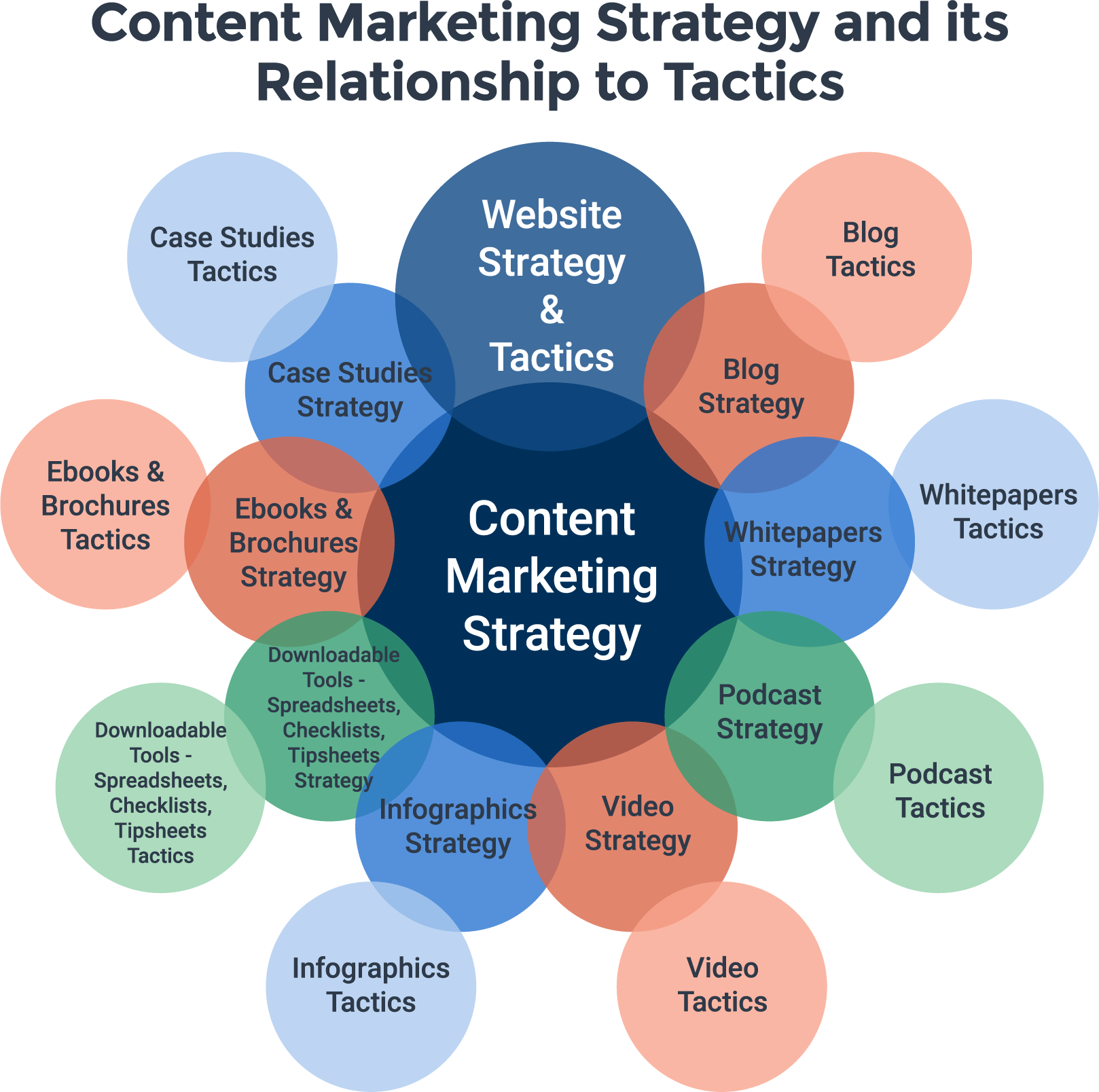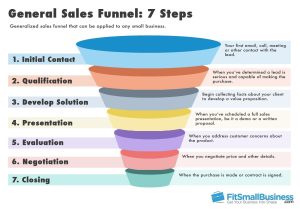
Strategies for Creating a Successful Blog for your Business
In today’s digital age, having a blog for your business can be one of the most effective ways to engage with your target audience, establish thought leadership, and generate leads. Blogs provide a platform to share your expertise, insights, and company updates while showcasing your brand’s personality. However, creating a successful blog requires careful planning and strategic execution. This article will outline some key strategies to help you create and maintain a thriving blog for your business.
1. Define your Blog’s Goals and Target Audience
Before diving into blog creation, it is essential to clearly define the goals you want to achieve. Are you looking to increase website traffic, generate leads, or build brand awareness? Each goal will require a different approach in terms of content creation and promotion. Additionally, identifying your target audience is crucial for tailoring your content to their needs and interests.
2. Develop a Content Strategy
A well-executed content strategy will guide your blog’s success. Conduct thorough research to understand the topics your target audience is interested in, and brainstorm blog post ideas that align with your business’s niche. Create an editorial calendar to plan and organize your content in advance, ensuring consistency and relevance. Incorporate different types of posts such as informative articles, industry trends, case studies, interviews, and how-to guides to keep your blog engaging and varied.
3. Craft Compelling Headlines
The headline is the first impression readers have of your blog post, and it plays a crucial role in capturing their attention. Craft compelling headlines that are concise, informative, and evoke curiosity. Utilize power words, numbers, and a sense of urgency to entice readers to click and read your article. Experiment with different headline styles to see what resonates best with your audience.
4. Create High-Quality Content
Consistently producing high-quality content is essential for establishing your blog’s credibility and attracting a loyal readership. Your posts should provide valuable insights, practical advice, or industry expertise that your target audience can benefit from. Use a professional voice, backed by reliable resources, and ensure your content is well-researched, well-structured, and free of grammatical errors. Incorporate visual elements like images, videos, or infographics to enhance readability and engagement.
5. Optimize your Blog for Search Engines
To maximize your blog’s visibility and reach, it is necessary to optimize it for search engines. Research and incorporate relevant keywords in your content, headings, meta descriptions, and URL structures to improve your search engine ranking. Make sure your blog is mobile-friendly, as an increasing number of people access content from their smartphones. Additionally, work on building a strong network of backlinks from reputable websites to increase your blog’s authority.
6. Promote your Blog
Creating great content is only half the battle; promoting it is equally important. Leverage social media platforms to share your blog posts, engage with your audience, and spark conversations. Engage in industry-related communities, forums, and groups to establish your presence and drive traffic to your blog. Collaborate with other bloggers or influencers to co-create content or feature guest posts. Utilize email marketing to reach out to your existing customer base and notify them of your latest posts.
7. Analyze and Optimize
To ensure your blog’s continued success, regularly analyze its performance and make data-driven optimizations. Monitor key metrics such as website traffic, bounce rates, time on page, and social media engagement. Use analytics tools to identify the most popular blog posts, understand your audience’s behavior, and gain insights for future content ideas. Continually experiment with different strategies, formats, and topics to refine your blog and cater to your audience’s evolving interests.
Conclusion
A blog can be a powerful tool for your business, enabling you to connect with your target audience, establish expertise, and boost your brand’s visibility. By defining clear goals, developing a content strategy, creating high-quality content, optimizing for search engines, promoting effectively, and continuously analyzing and optimizing, you can create a successful blog that drives business growth and builds meaningful relationships with your customers.

